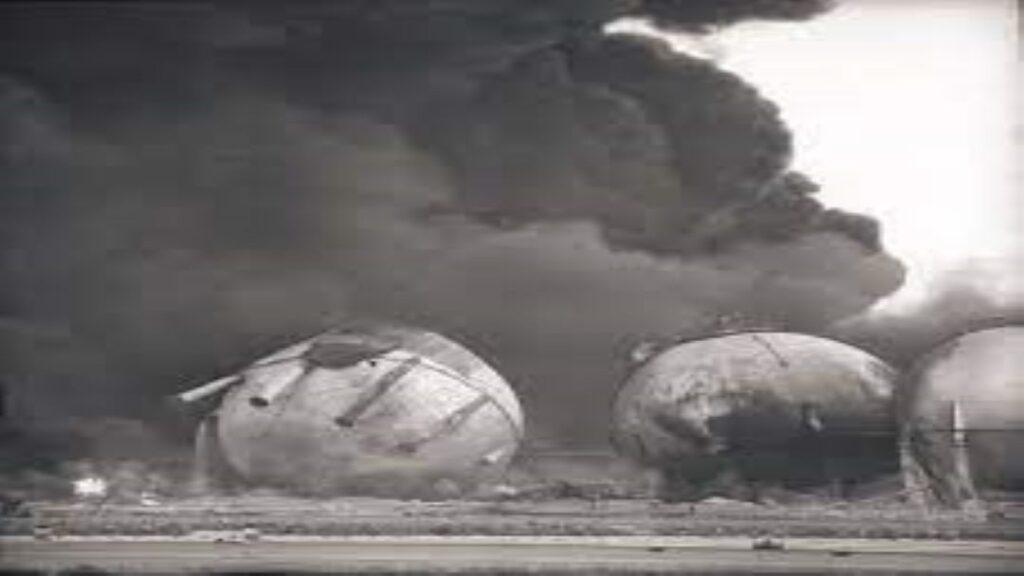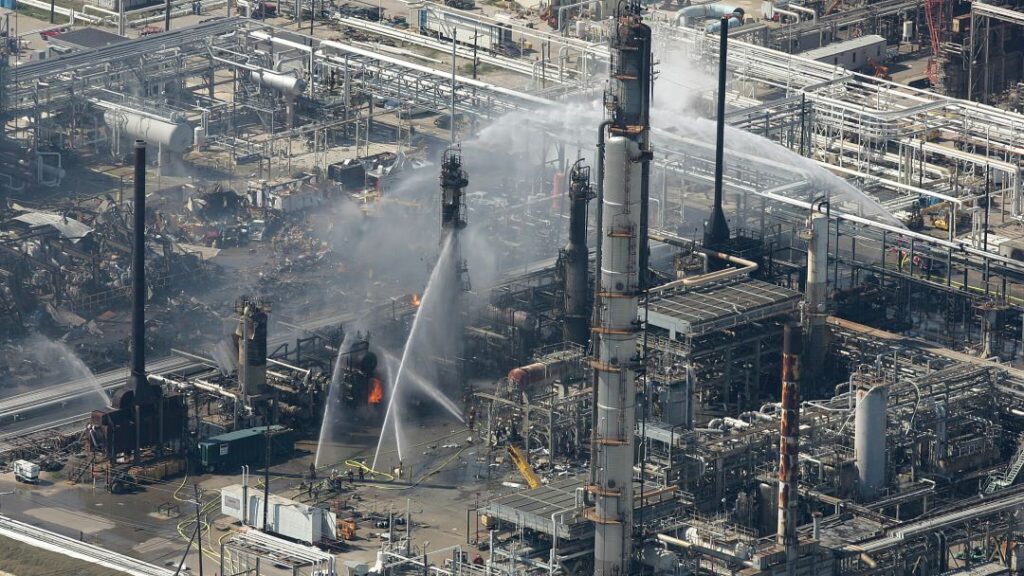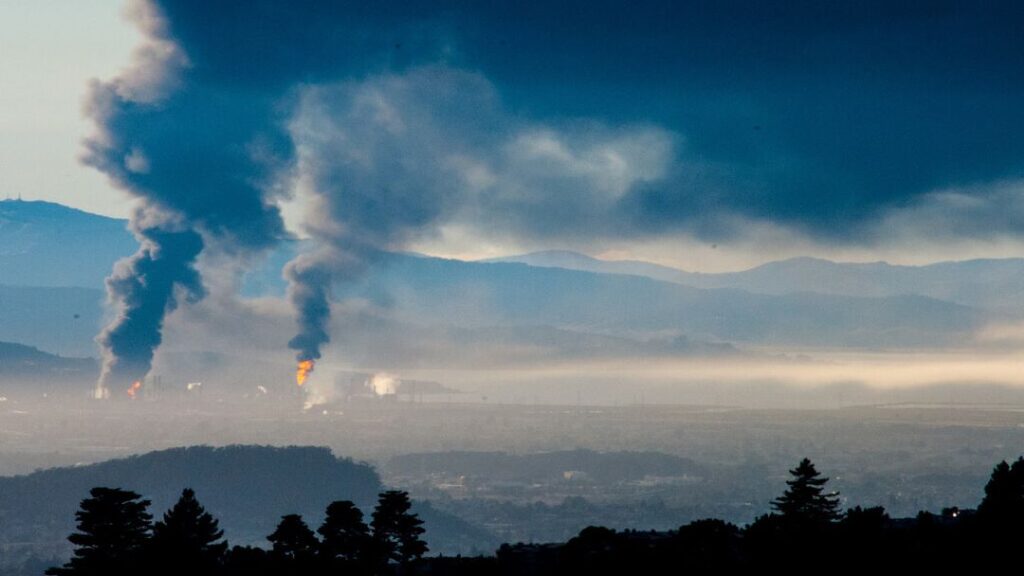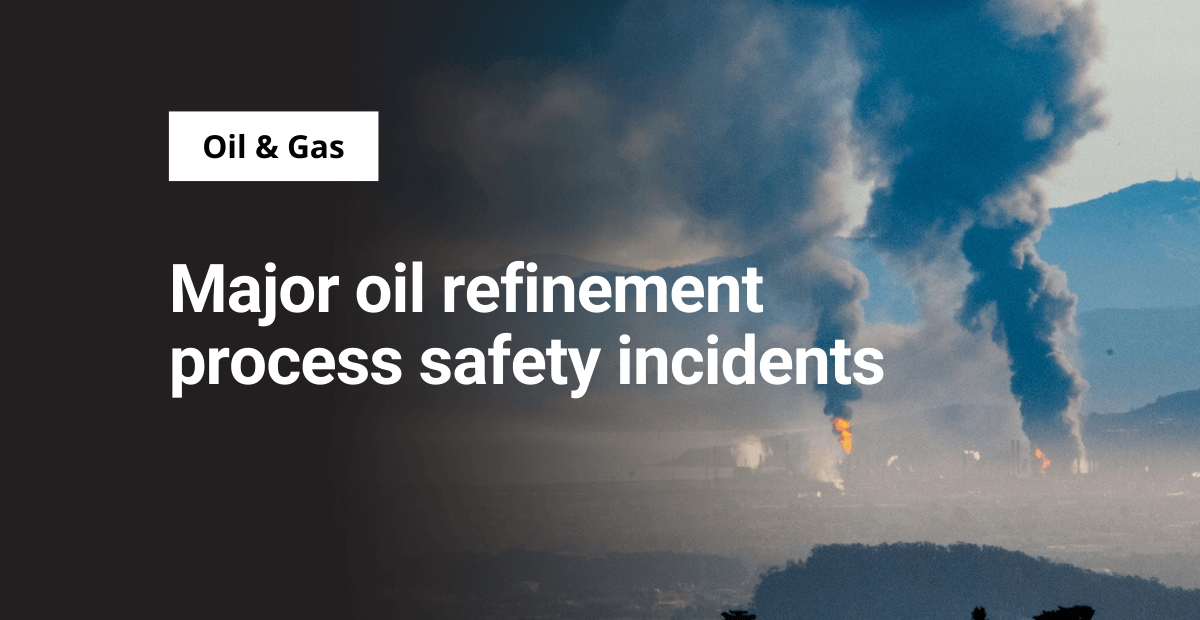The oil refinement process requires a great deal of preparation and precision. Seemingly small variables can lead to catastrophic outcomes very quickly if not properly managed. That’s why OSHA created its process safety management (PSM) standard—to help businesses control all the variables in high-stakes processes.
Here are 9 major incidents during the oil refinement processes that resulted in severe injuries and/or fatalities.
1966: Elf Aquitaine | Feyzin, France
A worker accidentally released propane from a storage sphere and was unable to turn off the flow due because the open isolation valve frozen. This created a vapor cloud, related to a hazardous phase of the oil refinement, as well as a boiling liquid expanding vapor explosion (BLEVE) which created a massive fire.
Fatalities: 18
Injuries: 84
Cost: Unknown

1984: Pemex | San Juan Ixhuatepec, Mexico
When a transfer line full of liquified petroleum gas (LPG) ruptured, it created a large vapor cloud. As the vapor cloud grew, it eventually reached the flare pit and caused multiple BLEVEs. Such occurrences are rare but disastrous in the oil refining process due to large-scale damage and loss of life. As LPG and machinery shrapnel fell, it destroyed much of the surrounding community and killed over 500 people.
Fatalities: 542
Injuries: 4,248
Cost: Unknown
1984: Union Oil | Romeoville, IL, USA
A crack in the base of an LPG absorber vessel expanded rapidly and sent propane and butane into the air, causing an explosion. Handling LPG safely is a critical part of the oil refinement process. Projectiles from the explosion impacted the nearby fire hydrant barrel and electric-powered firewater pump.
Fatalities: 17
Injuries: 22
Cost: $603M
1994: Texaco | Milford Haven, UK
A lightning strike (and subsequent fire) temporarily shut down several operations on a crude distillation unit. While trying to restart the wet gas compressor on a fluid catalytic cracker, the flare knockout drum outlet line burst. As a result of the rupture, flammable hydrocarbons escaped, ignited, and exploded. This highlights the inherent risks in the oil refinery process, where equipment failures can cause significant hazards.
Fatalities: 0
Injuries: 26
Cost: $154M
1999: Tosco Corporation | Avon, CA, USA
While workers were attempting to drain a corroded portion of a pipe in the naphtha sidedraw line on a fractionator tower. After making two cuts in the pipe, naphtha started leaking out and ignited after coming into contact with hot equipment/piping components. Ensuring regular maintenance in the oil refinement process can prevent disasters like these. The fire surrounded the workers making the repair, killing four.
Fatalities: 4
Injuries: 1
Cost: Unknown
2005: BP | Texas City, TX, USA
A raffinate splitter overfilled, increasing its internal pressure, and eventually spilling into an overhead line. The liquid overfills created enough static head to lift the pressure safety valves, flooding the tower with hydrocarbons. Because of the pressure buildup in the tower, the hydrocarbons shot into the air, eventually exploding and killing workers in the nearby office trailers. This incident emphasizes how vital it is to diligently monitor the oil refinement process to avoid such devastating explosions.
Fatalities: 15
Injuries: 180
Cost: $1.5B

2005: Total UK Limited and Texaco | Hertfordshire, UK
An oil storage terminal caught fire after workers accidentally overfilled it. Several explosions happened during the fire, causing 20 oil storage tanks to ignite as well. Overfilling is a crucial aspect to control in the oil refinement process to prevent disasters like this. The fire lasted for five days and more than 2000 people evacuated the local area.
Fatalities: 0
Injuries: 43
Cost: $894M
2010: Tesoro Corporation | Anacortes, WA, USA
Workers were in the process of putting a naphtha hydrotreater feed exchanger back in service when it ruptured unexpectedly. This released hot hydrogen and naphtha into the air, causing an explosion and killing the workers in the area. Equipment and process safety are integral to the oil refinement process to prevent such tragic accidents. The equipment was nearly 40 years old and had insufficient instrumentation at the time of the incident.
Fatalities: 7
Injuries: 0
Cost: Unknown
2012: Chevron Corporation | Richmond, CA, USA
Hot light gas oil created a dangerous vapor cloud after a pipe ruptured onsite. While there were no casualties in this incident, there were several injuries and illnesses among both the workers and members of the nearby town. Ensuring safe management of light gas oils is crucial in the oil refinement process to safeguard against injury and illness.
Fatalities: 0
Injuries: 26
Cost: Unknown




